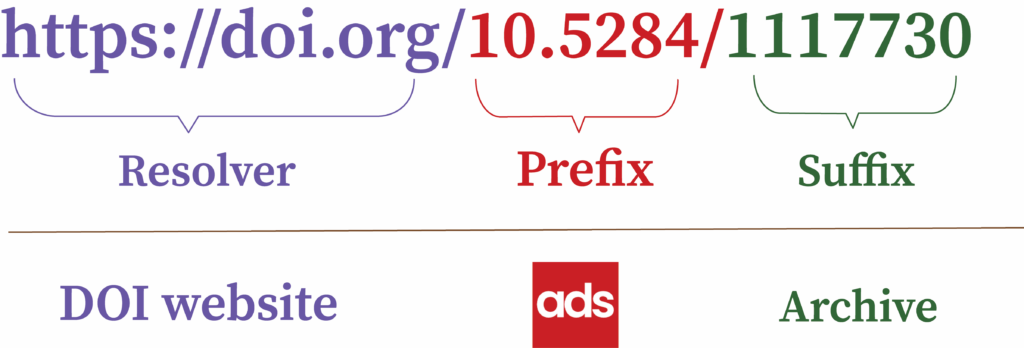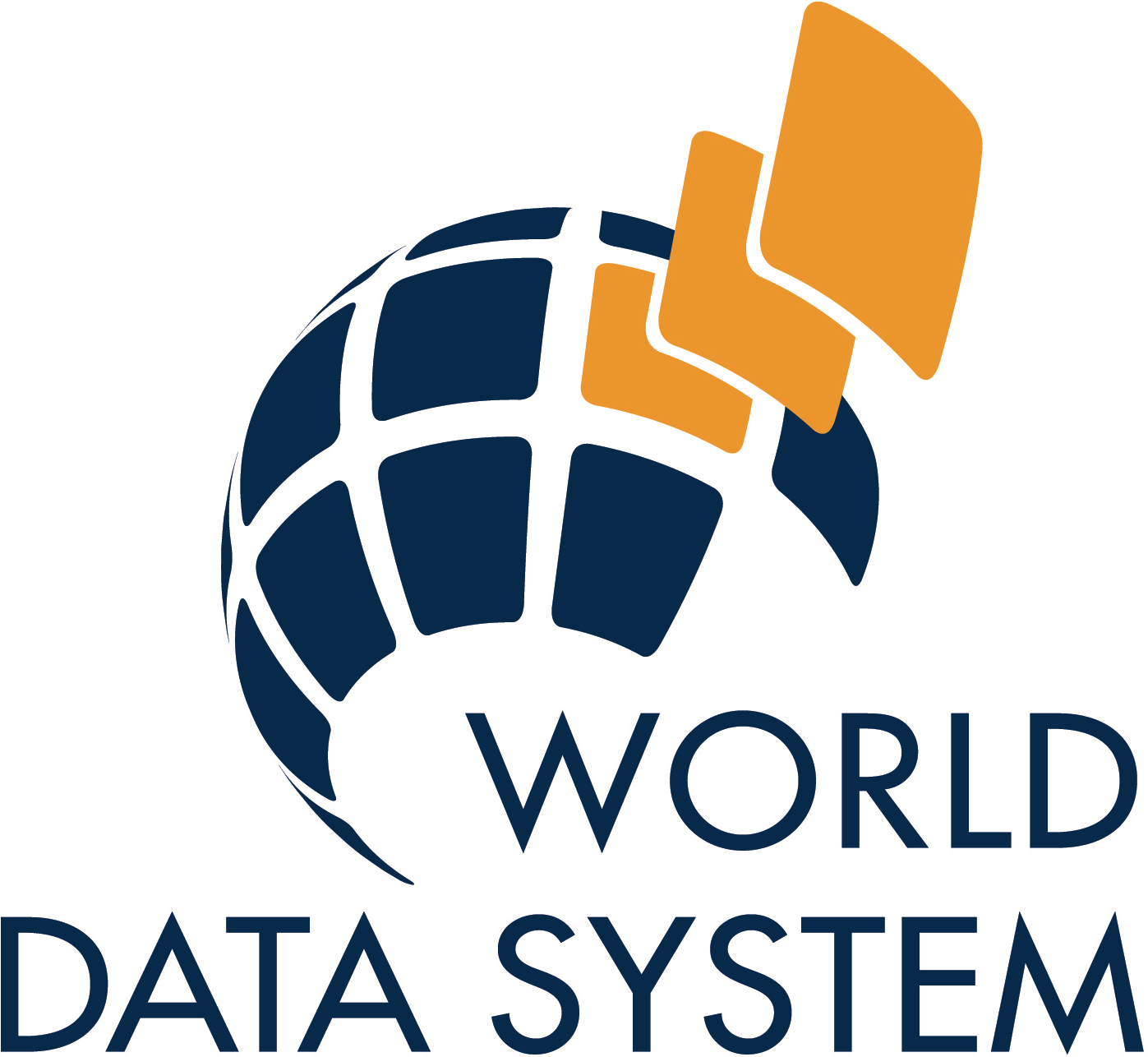One of our top priorities at the ADS is to make our collections findable, accessible, interoperable, and reusable. This includes utilising sustainable referencing methods such as the use of Digital Object Identifiers (DOIs). A DOI is a unique and persistent identifier assigned to digital content. It is similar to a URL (Uniform Resource Locator) in that it serves as a hyperlink, however, DOIs are far more permanent and incorporate more detailed metadata than URLs. DOIs also create a network of related resources, allowing users to easily find associated datasets and research outputs. We hope that by raising awareness of the usefulness of DOIs, more users will reference ADS collections using DOIs rather than URLs.
Benefits of DOIs
Permanent Linkage and Persistent Access: Ensures stable links, which maintain consistency amid location changes. A common issue within digital preservation is link rot and the inability of older hyperlinks to direct users to the original content. URLs may become outdated and break as a result of location changes, but DOIs always guarantee reliable access to content.
Citation and Attribution: Enables standardised and accurate citation, simplifying referencing for an object. Each DOI is unique so that it is impossible to confuse specific content with other resources.
Enhanced Discoverability and Interlinking Resources: Improves findability for all to locate publications and datasets. Related content is connected so that associated datasets and research outputs can be accessed.
Tracking and Analytics: Facilitates usage tracking and analytics, offering insights into the impact of digital content. Users can easily find who referenced content and for what purpose, to get a better understanding of how a resource is used and reused.
Standardisation and Consistency: Provides a standardised identification method and promotes consistency across all data types. DOIs can reference multiple types of resources in the same format, making content simpler to reference.
Global Accessibility: Recognised globally, supporting collaboration and information exchange across a worldwide audience.
How do DOIs work?
The ADS creates DOIs with DataCite through our membership of a consortium led by the British Library. Each DOI is given key metadata for the corresponding content, such as the creator(s) and dates of creation and publication. This metadata can be searched within DataCite Commons, alongside records from other repositories that are part of the DataCite community such as Zenodo or Dryad.
The ADS creates DOIs for:
- All our deposited collections in the ADS Archives
- Upon request, distinct entities within a collection
- All unpublished reports uploaded via OASIS
- Journal articles and other publications in the ADS Library

For ADS resources, the DOI is comprised of three distinct sections:
- A Resolver – The web service that helps you access the digital content (e.g. metadata) associated with a DOI.
- A Prefix – The beginning part of a DOI, often represented as “10”, which identifies the organisation responsible for managing the DOI. This usually consists of four numbers “.5284”, which identifies the source, in this case the ADS.
- A Suffix – A short string at the end of the DOI that can consist of numbers of letters, which identifies the exact object, whether that be a single object or an entire collection.
This format not only allows persistent direction towards a resource, but also for a shorter and less complex web address, making it much easier to share than a URL. Referencing a DOI is easy, and when users cite DOIs they are encouraging persistent access and reuse for everyone.
Learn More
Still have questions about DOIs? Join us on Friday 11th October for a lunchtime webinar to learn why Digital Object Identifiers are superior to URLs for citing all your content, including data deposited with the ADS. The session will have a Q&A, allowing participants to address any questions or concerns they may have. Please visit the event page for more information and to register for the seminar!






